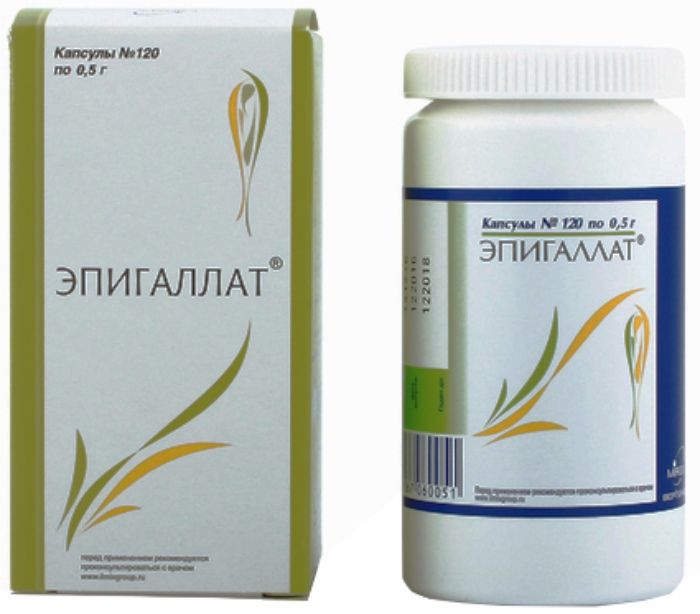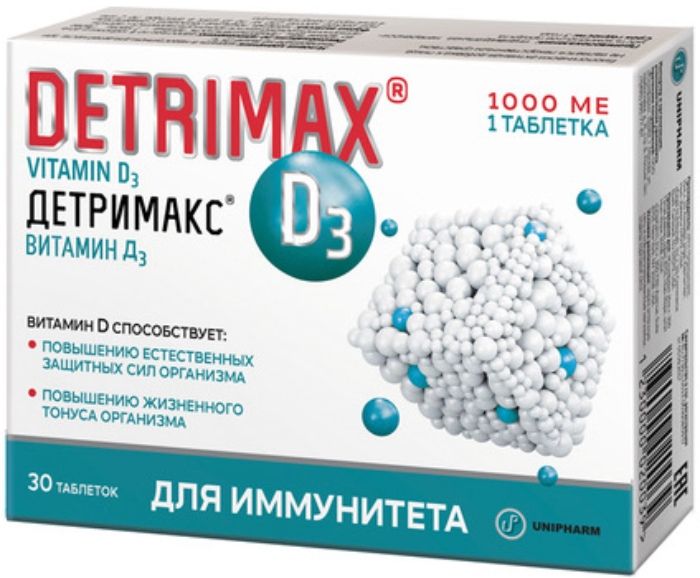- No products in the cart.
2.5 mg bromocriptine Table 30 pcs ozone
$7.71
2.5 mg bromocriptine Table 30 pcs ozone
Description
Composition
Active substance:
1 tablet contains: bromocriptine mesylate – 2.87 mg, calculated as bromocriptine – 2.5 mg.
Product form:
Tablets of 2.5 mg. 10, 30 tablets in blisters of PVC film and aluminum foil printed patent. 10, 20, 30, 40, 50 or 100 tablets banks polypropylene polymer for drugs sealed with lids tensioned with the first control opening of polyethylene. One jar or 1, 2, 3, 4, 5, 6, 8 or 10 contour of cellular packaging together with instructions for use placed in a cardboard box (pack).
Contraindications
• Hypersensitivity to bromocriptine or any of the auxiliary components of the drug or to other ergot alkaloids; • uncontrolled hypertension; • ulcerative lesions of the gastrointestinal tract and gastrointestinal bleeding; • severe hepatic insufficiency; • cerebrovascular disease history; • sepsis; • occlusive disease; Reynaud’s syndrome; temporal arteritis; • tobacco abuse; • simultaneous application metilergometrina and other ergot alkaloids, mild or potent inhibitors of cytochrome P450 (e.g., itraconazole, voriconazole, clarithromycin); • postpartum women with severe cardiovascular disease history; simultaneous application of vasoconstrictive drugs in postpartum women; • gestoses second half of pregnancy (including pre-eclampsia, eclampsia); • hypertension during pregnancy and the postpartum period; • coronary heart disease and other cardiovascular diseases, severe system (including unstable angina, valvular heart disease (for long-term treatment)); • severe mental disorders (including history); • Rare hereditary forms of lactose intolerance, lactase deficiency, glucose-galactose malabsorption (as lactose contained in a preparation). Safety and efficacy of bromocriptine in children under 7 years old are not confirmed.
Dosage
2.5 mg
Indications
Menstrual disorders, female infertility: – prolaktinzavisimye diseases and conditions, accompanied or not accompanied by hyperprolactinemia: amenorrhea (accompanied and not accompanied by galactorrhea); oligomenorrhea; luteal phase deficiency; secondary hyperprolactinemia the intake of drugs (e.g., antihypertensives or some psychoactive drugs); – prolaktinnezavisimoe female infertility: polycystic ovary syndrome; anovulatory cycles (in addition to antiestrogens such as clomiphene). Premenstrual syndrome – breast tenderness; edema associated with a phase of the cycle; flatulence; mood disorders. Hyperprolactinemia in men: prolaktinzavisimy hypogonadism (oligospermia, loss of libido, impotence). Prolactinoma: conservative treatment prolactin macroadenomas micro- and pituitary; preoperative preparation to reduce the volume of the tumor and facilitate its removal; postoperative treatment if prolactin levels remain elevated. Acromegaly: as a supplementary drug in combination with radiotherapy and surgical treatment, or in special cases, as an alternative to surgery or radiation treatment. Suppression of lactation: the prevention or termination of postpartum lactation for medical reasons: prevention of lactation after abortion; postpartum breast engorgement; beginning postnatal mastitis. Benign breast disease: mastalgia (in isolated form as well as in combination with premenstrual syndrome), mastalgia with benign nodular or cystic breast changes; benign nodular and / or cystic changes, especially fibrocystic mastopathy. Parkinson’s Disease: all stages of idiopathic Parkinson’s disease and parkinsonism postentsefaliticheskogo (alone or in combination with other antiparkinsonian drugs).
pharmachologic effect
Pharmacological group:
Dopamine receptor agonist. ATC code N04BC01.
Pharmacological properties:
Bromocriptine is an ergot derivative agonist (D2) of dopamine receptors. It reduces the secretion of prolactin in the anterior pituitary and does not affect the production and release of other pituitary hormones, except in patients with acromegaly, who bromocriptine reduces the concentration of growth hormone. In the postpartum period, prolactin is essential for starting and maintaining lactation. At other times life increase prolactin secretion leads to morbid lactation (galaktoree) and / or disorders of the menstrual cycle and ovulation. Bromocriptine, being a specific inhibitor of prolactin secretion, can be used for the prevention or suppression of physiological lactation, and also for the treatment of pathological conditions caused by hypersecretion of prolactin. With amenorrhea and / or anovulatory menstrual cycles (accompanied or not accompanied by galactorrhea), bromocriptine normalizes the ovarian function, restoring endocrine regulation at the level of the ovaries – the pituitary gland. Bromocriptine does not violate the postpartum uterine involution and does not increase the risk of thromboembolism. In polycystic ovary syndrome formulation reduces the severity of clinical manifestations. Bromocriptine terminates growth or reduces the size of prolactin adenoma (prolactinoma). In patients with acromegaly, in addition to reducing the concentration of growth hormone and prolactin in the blood plasma, bromocriptine has beneficial effects on clinical symptoms and glucose tolerance. In Parkinson’s disease, is characterized by deficiency of dopamine in certain brain structures, bromocriptine applied in higher doses than for the treatment of endocrine diseases. Bromocriptine stimulates dopamine receptors, helping to restore the neurochemical balance in these structures. In the application of bromocriptine reduces the severity of symptoms of depression are often observed in patients with Parkinson’s disease; tremor; rigidity; akinesia and gait disturbance at all stages of the disease. Bromocriptine may lower blood pressure (BP), but the mechanism of this action is unclear. Possibly, this effect is the result of an agonist action at central dopamine receptors, which results in a decrease of vascular tone, as well as reduce catecholamine plasma levels and, thus, indirectly bromocriptine acts as a vasodilator.
Conditions of supply of pharmacies
Prescription.
Dosing and Administration
Inside.
The drug bromocriptine should always be taken with meals. Generally, treatment is initiated with small dosages reception, which is then gradually increased until the optimum effect. The maximum daily dose – 30 mg.
Menstrual irregularities, female infertility
1/2 tablets (1.25 mg) 2-3 times a day; if the effect is insufficient, the dose is gradually increased to 5-7.5 mg (2-3 tablets) per day until the normalization of the menstrual cycle and / or restoration of ovulation. For the prevention of relapse treatment can be continued for several menstrual cycles.
Hyperprolactinemia in men
1/2 tablets (1.25 mg) 2-3 times a day, gradually increasing the dose of 1.25 mg to 5.10 mg of (2 – 4 tablets) with 2-3 week interval.
prolaktinoma
1/2 tablets (1.25 mg) 2-3 times a day, gradually increasing the dose until several tablets a day required to maintain adequate reduce prolactin concentrations in plasma. The maximum recommended dose for children and adolescents aged 7-12 years of age is 5 mg / day, at the age of 13-18 years – 10 mg / day.
Acromegaly
The initial dose is at 1/2 tablets (1.25 mg) 2-3 times a day, if necessary, then gradually increase the dose of several tablets a day, in the future, depending on the clinical effect and side effects of daily dose gradually increased to 10 -20 mg (4-8 tablets). The maximum daily dose for children aged 7 to 12 years is 10 mg. The maximum daily dose in adolescents (13-18 years) is 10 mg.
medically lactation suppression
On the first day of use on 1/2 pill (1.25 mg), 2 times (at the time of eating breakfast and dinner), then within 14 days – 1 tablet (2.5 mg), 2 times a day. Treatment should be started within a few hours after birth or abortion, however, but not earlier than 4 hours – after stabilization of vital functions. After 2-3 days after discontinuation of the drug is sometimes a small milk secretion. It eliminates the resumption of the drug at the same dose for another week.
Beginning postnatal mastitis
Apply in the same way as in the suppression of lactation. After three days, the symptoms of inflammation disappear and if the mother decides to resume breastfeeding the child, treatment should be stopped. Otherwise, treatment is continued for 1 tablet 2 times a day for 11 days. If necessary, antibiotics are prescribed.
Postpartum breast engorgement
Assign 2.5 mg dose, 6-12 hr dose can be repeated if necessary, stopping lactation undesirable while not arise.
Parkinson’s disease
The drug is administered to patients with Parkinson’s disease in the following cases: in the case of treatment failure and levodopa decarboxylase inhibitor; in the initial treatment, in combination with levodopa / carbidopa.
Treatment is initiated with low doses that are slowly increased to achieve the maximum therapeutic effect. Typically, the patient receives an initial dose (1.25 mg, i.e., 1/2 tablet) at bedtime for 1 week. Then the dose should be slowly increased to achieve the lowest effective dose for each patient. The daily dosage should be increased by 2.5 mg at intervals of 1 week to a maximum daily dose of 30 mg. The daily dose is divided into 2-3 doses. Adequate therapeutic results can be achieved within 6-8 weeks of treatment. If not, the daily dose can be increased further – every week at 2.5 mg / day. If the selection of doses of bromocriptine formulation marked development of undesirable reactions, the daily dose should be temporarily lower and maintain such a low level for at least 1 week. When reducing undesirable reactions daily dose may be increased again. In patients who during treatment with levodopa developed movement disorders, it is recommended to reduce the dose of levodopa before the start of therapy with bromocriptine. At the start of treatment of patients with Parkinson’s disease by levodopa and bromocriptine side effects of levodopa appeared later than when only levodopa. At the beginning of the treatment of low dose of both drugs – they adjust gradually and in succession. At the start of combination therapy in Parkinson’s disease the mean dose of 15-30 mg, while levodopa – 250 mg. With gradual increase in the dose of levodopa bromocriptine drug dose should be gradually reduced. In some patients, the use of levodopa may be terminated completely.
Use in children and adolescents
Safety and efficacy in children under 7 years old has not been confirmed, so the use of the drug bromocriptine is contraindicated in this age group. In children and adolescents aged 7 to 18 years to use the drug bromocriptine in disorders of the menstrual cycle, female infertility, hyperprolactinemia, beginning postnatal mastitis, suppression of lactation for medical reasons and Parkinson’s disease are contraindicated.
Use in elderly patients
Given the reduction in liver function, kidney, heart function; presence of concomitant illnesses and concomitant medication use, apply the drug in elderly patients with caution. Root and perform therapy with bromocriptine necessary in the lowest effective dose.
Use in patients with renal insufficiency
Research on the effectiveness and safety of bromocriptine in patients have not been conducted with renal insufficiency. Since bromocriptine and its metabolites are almost completely removed through the intestine, correction of the dose in patients with renal impairment is not required.
Use in patients with hepatic insufficiency
Patients with impaired liver function the elimination rate of bromocriptine may slow down and the plasma concentration increase, requiring dose adjustment. The use of bromocriptine in patients with severe hepatic insufficiency is contraindicated.
Information
Appearance may differ from that depicted in the picture. There are contraindications. You need to read the manual or consult with a specialist
Additional information
| Weight | 0.100 kg |
|---|---|
| Manufacturer | OZONE generics |














There are no reviews yet.